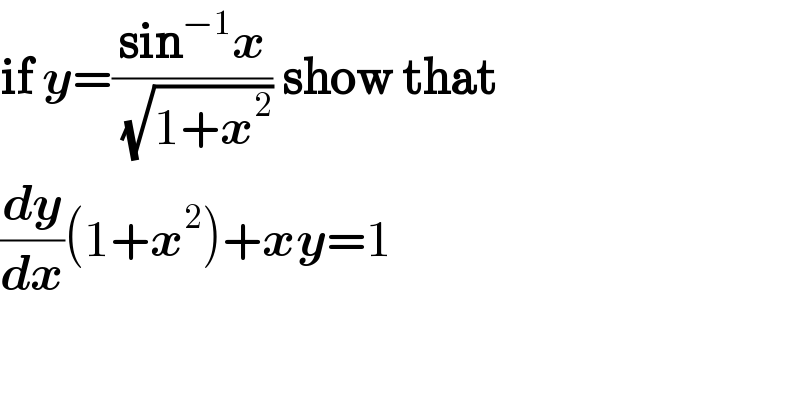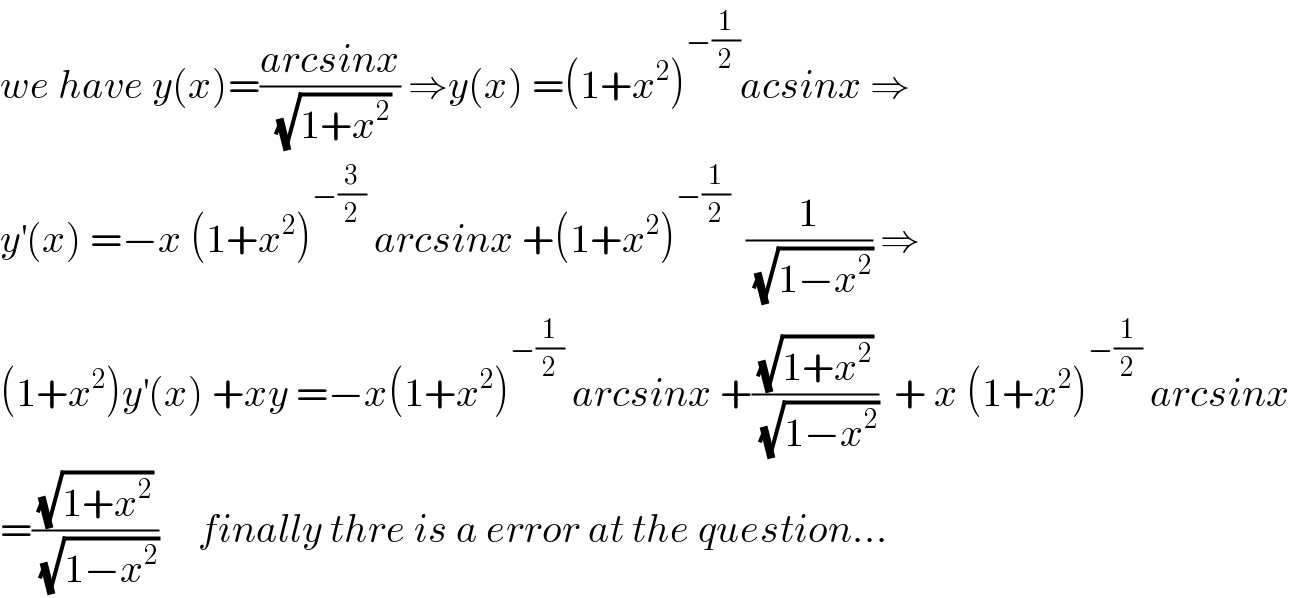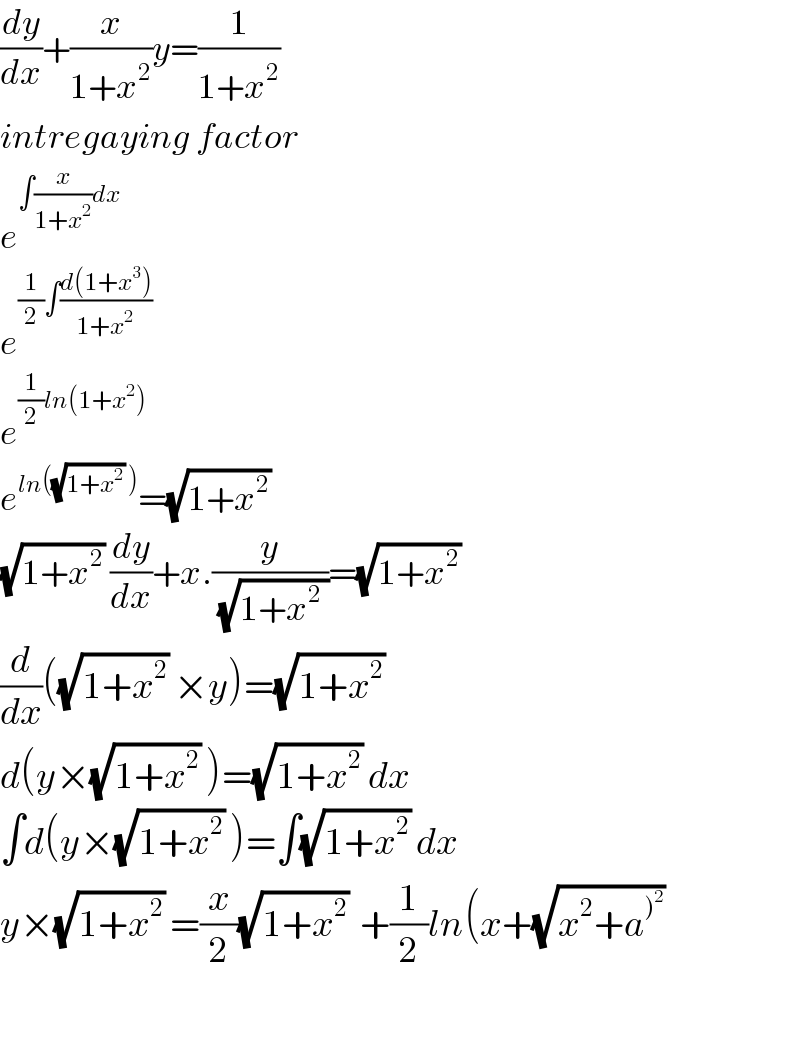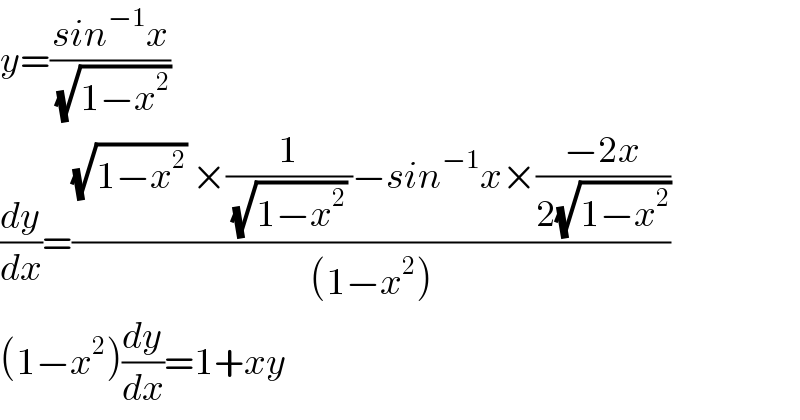
Question and Answers Forum
Question Number 45413 by mondodotto@gmail.com last updated on 12/Oct/18

Commented by maxmathsup by imad last updated on 13/Oct/18

Answered by tanmay.chaudhury50@gmail.com last updated on 12/Oct/18

Commented by tanmay.chaudhury50@gmail.com last updated on 12/Oct/18

Commented by mondodotto@gmail.com last updated on 12/Oct/18

Answered by tanmay.chaudhury50@gmail.com last updated on 12/Oct/18

Commented by tanmay.chaudhury50@gmail.com last updated on 12/Oct/18

Commented by mondodotto@gmail.com last updated on 12/Oct/18

